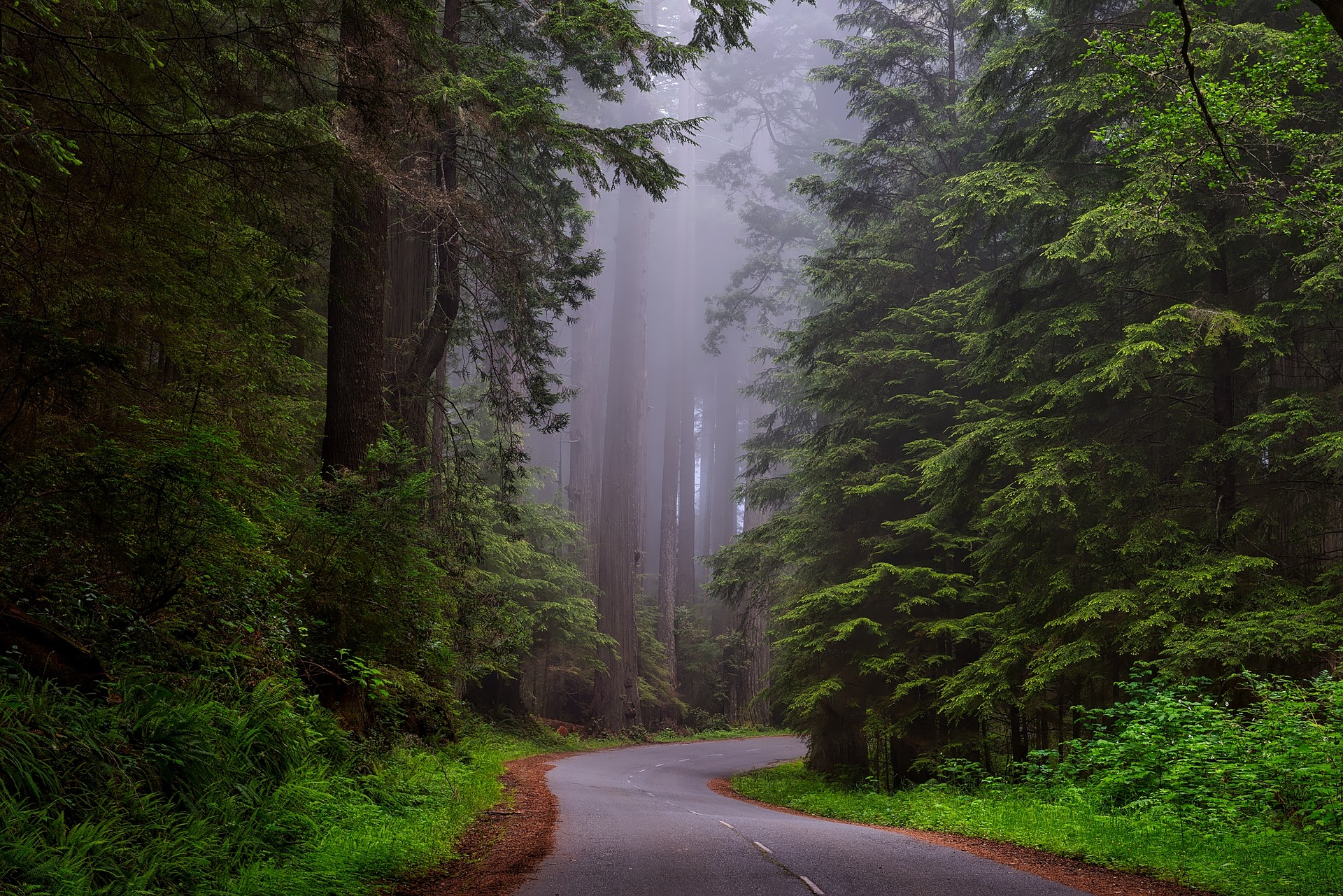
As the government shutdown dragged past its first month, many Americans were frustrated by the uncertainty over the future of our country. Even with the temporary reopening, the New York Times reported that the shutdown cost the US economy $11 billion dollars. This shutdown will have long-term effects on our federal workers, economy, and international status, but one of the lesser known effects is the damage it has caused to “America’s Best Idea”: the National Park Service.
In 1916, Woodrow Wilson created the National Park Service (NPS) under the federal government’s Department of Interior to preserve and protect the local history and scarce environmental resources, as well as to provide Americans with open, cultural, and environmentally diverse sites to explore, according to the National Park Service website. Just over a century later, the National Park Service has grown to cover over 400 sites to explore from coast to coast. As the NPS grows in size, so does their popularity with visitors from around the world. According to its website, in 2017 alone, the National Park Service welcomed over 330 million nature lovers. Writer Wallace Stegner coined the term “America’s Best Idea” due to the parks being “absolutely American, absolutely democratic.” Stegner praised them because “they reflect us at our best rather than our worst.”
In hopes of protecting the joy of national park visitors from political conflict, Ryan Zinke, former Department of Interior Secretary, declared that most national parks would remain open to the public in the face of a government shutdown. This was enacted by the National Park Service Contingency Plan in January 2018. Despite this new precedent, national parks are not allowed to have higher staffing than what was permitted in previous government shutdowns.
So, what does this mean for the NPS? While this policy seemed well-intentioned, with goals of protecting the local economies that rely heavily on national park tourism, the lack of planning for this policy has become detrimental to the current and future state of our national parks as we face the longest government shutdown in American history.
Amidst the government shutdown came the inevitable furloughing of federal employees in nine federal departments. Slate reported that the National Park Services felt the brunt of the Department of Interior’s cuts and had furloughed about 21,000 of their employees. According to Vox, there were only 3,300 National Park Services employees left to ensure the health and safety of the parks’ 425,000 daily visitors, as well as enforce measures to help protect the fragile ecosystems and endangered species.
The long-term, detrimental repercussions of the lack of supervision have come to light as the shutdown continued. The lack of employees led to a shutdown of visitor centers, trash clean up, and restrooms. According to the National Park Service, the accumulation of waste threatens the 247 endangered species protected in these sites. There has been a drastic increase in crimes such as off-roading, unauthorized drone usage, and vandalism as investigated by the National Park Conservation Association. Overall, the first few weeks of the government shutdown transformed the national parks from a safe haven for environmental exploration into the wild west. Business Insider reported that California’s famous Joshua Tree Park was forced to close due to vandalism of the iconic and historical Joshua trees, along with a dangerous overflow of human waste due to lack of restrooms. As the human imprints polluting the national parks continue to accumulate, so does the debt of the NPS.
In addition to the potentially irrecoverable damage, the national parks also faced the economic threat of losing $400,000 in daily entrance fees as stated in Business Insider. The National Park Service has also been asked to draw from their entrance fee revenues to support the aforementioned damage incurred as a result of the government shutdown. Yet again, the NPS is caught in the crossfires of bipartisan conflict.
With the increase of reckless behavior as well as the lack of proper enforcement and education on park policies during the shutdown, visitors were put at significant risks. There was limited emergency medicine staff left to protect visitors, many of whom do not know the terrain without the help of their furloughed park rangers and staff. Likewise, the lack of rangers to guide and help visitors presented major dangers for visitors who are unfamiliar with the area. As a result of this, there has been several avoidable injuries and deaths. Fortune recently released reports of a man who died on a trail while running with his dog. While it is difficult to directly attribute his death to the shutdown, the lack of park rangers and the first responder’s inability to access a stretcher led to minimal safety measures, both before and after the incident.
Undeterred by political mayhem, many volunteer groups have come to the forefront to make their own mark on protecting these cherished lands. From cleaning bathrooms and picking up trash, to raising money for future refurbishment, non-profits, such as Yosemite Climbing Association, Friends of Joshua Tree, and Keep Sevier Beautiful, have come together and become a vital part of combatting the effects of the government shutdown.
Even from Boston, we can help protect our national parks by reaching out to our government representatives to keep the national parks closed during future government shutdowns, donating to various park preservation organizations, such as the National Park Foundation, and even just encouraging others to not visit the national parks during government shutdown periods.
The national parks have been a staple in American history. They deserve preservation, protection, and respect.
Sources
https://www.nps.gov/articles/quick-nps-history.htm
https://www.popsci.com/national-park-recovery-soil#page-2
https://www.businessinsider.com/national-parks-nightmare-government-shutdown-2019-1
https://www.thebalance.com/government-shutdown-3305683
https://www.parksproject.us/pages/our-parks-are-in-trouble
https://www.denverpost.com/2019/01/05/national-parks-open-government-shutdown/
https://www.vox.com/the-goods/2019/1/3/18167030/national-parks-government-shutdown-2018
https://www.nationalparks.org/connect/blog/national-parks-during-government-shutdown
https://www.newsweek.com/government-shutdown-national-parks-closed-check-2018-1270359
https://www.npca.org/articles/2029-how-is-the-partial-government-shutdown-affecting-national-parks
https://slate.com/technology/2019/01/close-national-parks-government-shutdown.html
https://www.nps.gov/aboutus/news/upload/NPS-Overview.pdf
https://www.nytimes.com/2019/01/28/us/politics/shutdown-cost-us-economy-11-billion-cbo-says.html
https://www.cnn.com/travel/article/government-shutdown-cleaning-national-parks-trnd/index.html